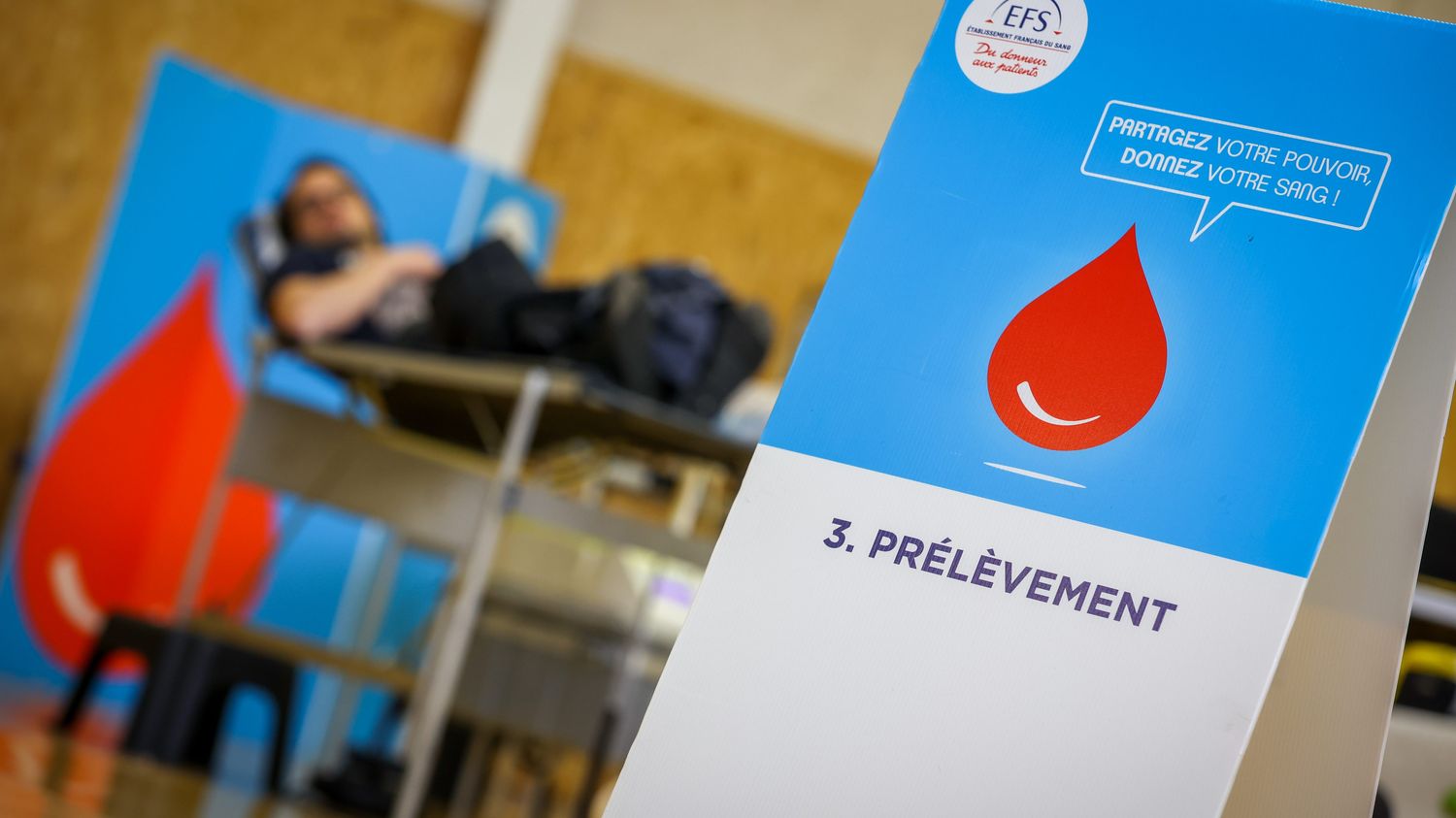There are 118 million blood donations each year worldwide, according to the WHO. Rich countries are over-represented and inequalities between countries are very marked. Illustration in the United States where, although blood donation is not paid, the plasma market is flourishing.
Published
Reading time: 5 min

You may be one of the more than 1.5 million annual donors in France or the million people who are treated each year thanks to voluntary donations. Friday June 14, 2024, World Blood Donor Day, the WHO provides a fairly comprehensive overview of blood donation throughout the world. 118.5 million is the number of blood donations each year worldwide. That doesn’t mean 118.5 million donors, because one person can donate several times.
Rich countries are over-represented: 40% of donations even though they only represent 16% of the world population. On average, there are approximately 31 donations per 1,000 inhabitants in high-income countries, half as many in middle-income countries. And just five donations per 1,000 inhabitants in the poorest countries is very little. Whereas it would be enough for 1% of a country’s population to donate blood, at least once, to cover all needs at the national level.
The rules may change depending on the country, but almost everyone can donate blood. If you weigh at least 50 kg, you are an adult and you are under 65 years old (70 years old in France), you are in good health, you have not recently traveled to a country at risk and you do not You’re not pregnant, it’s all good.
Even on a subject like blood donation, inequalities are very marked between countries. Of the 60 countries with fewer than 10 donations per 1,000 inhabitants, the majority are African countries. There are several explanations. First of all, the weakness of donor recruitment and awareness programs already, even if progress has been made in recent years. And then, there is a form of cultural resistance to blood donation too, according to the WHO.
To this must be added the sometimes inappropriate use of blood bags, with unnecessary transfusions which further drain stocks. The other concern is that blood donation is not always voluntary. This is the case in France, but in around fifty countries, more than half of the stocks come from paid donations or from direct family members. Except that studies show, a donor who is paid is more likely to carry an infection. And not all poor countries have the capacity to detect hepatitis or STDs in donor blood.
Only a handful of countries, including Germany, and therefore the United States, authorize the sale of plasma. Beyond the lives this saves, it is a huge business that has developed across the Atlantic. A “market” which weighed, in 2021, nearly 25 billion dollars, according to the Guardian. There are 20 million Americans who sell their plasma each year in a thousand dedicated centers. All of this represents 70% of stocks worldwide, with the United States, of course, leading the ranking of exporters.
Journalist Kathleen McLaughlin investigated this question and wrote a book about it Blood Money, in which it makes, in particular, an inventory of donor profiles. Students, she says, in particular, who pay for their books or their shopping this way. Fragile populations, more generally, who make ends meet. Finally, Mexican citizens who go to the numerous centers set up along the border. Everyone can earn around $30 to $70 for each blood sample and repeat the operation a hundred times a year, compared to a dozen for a real blood donation.
